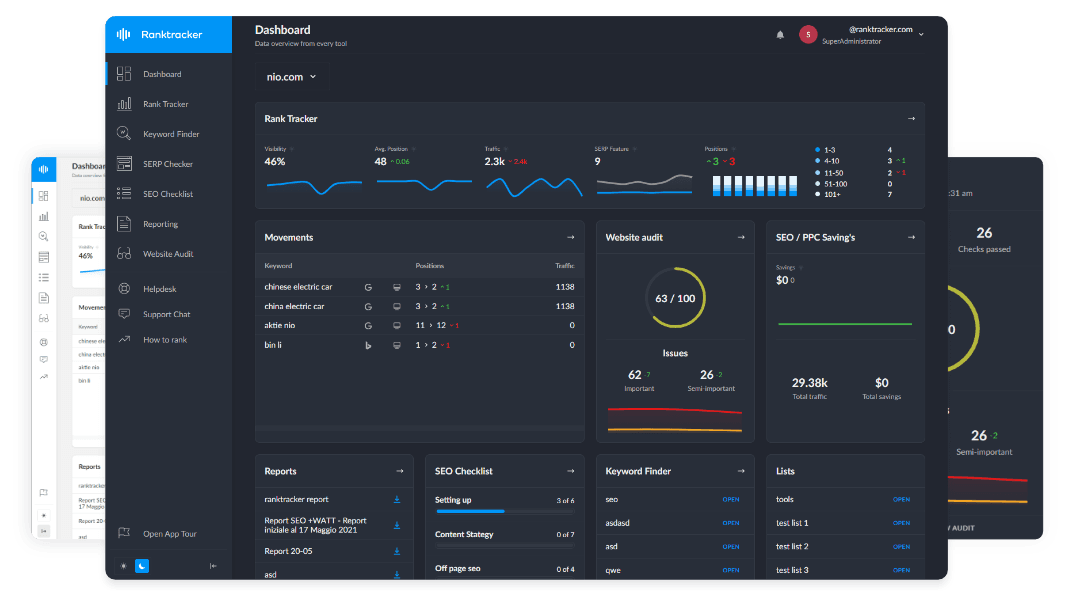Intro
NLTK (Natural Language Toolkit) is a powerful open-source Python library for Natural Language Processing (NLP). It provides tools for text processing, linguistic analysis, and machine learning, making it essential for NLP research and applications.
How NLTK Works
NLTK includes a suite of text-processing libraries that help analyze and manipulate natural language data through:
1. Tokenization
- Splits text into words (word tokenization) or sentences (sentence tokenization).
from nltk.tokenize import word_tokenize
text = "NLTK is a powerful NLP library."
tokens = word_tokenize(text)
print(tokens)
2. Stopword Removal
- Eliminates common words that do not contribute to meaning (e.g., "is," "the").
from nltk.corpus import stopwords
words = [word for word in tokens if word.lower() not in stopwords.words('english')]
print(words)
3. Stemming & Lemmatization
- Reduces words to their root form for better text analysis.
from nltk.stem import PorterStemmer
stemmer = PorterStemmer()
stemmed_words = [stemmer.stem(word) for word in tokens]
print(stemmed_words)
4. Part-of-Speech (POS) Tagging
- Identifies grammatical categories (noun, verb, adjective, etc.).
from nltk import pos_tag
pos_tags = pos_tag(tokens)
print(pos_tags)
5. Named Entity Recognition (NER)
- Detects entities like names, places, and organizations in text.
from nltk.chunk import ne_chunk
named_entities = ne_chunk(pos_tags)
print(named_entities)
Applications of NLTK
✅ Text Processing & Analysis
- Tokenization, parsing, and text cleaning for NLP projects.
✅ Sentiment Analysis
- Evaluates emotional tone in customer feedback, reviews, and social media.
✅ Machine Translation
- Assists in developing AI-powered translation tools.
✅ Chatbots & Virtual Assistants
- Provides natural language understanding for AI-based conversation models.
Advantages of Using NLTK
- Comprehensive NLP Toolkit: Offers a wide range of text-processing tools.
- Open-Source & Flexible: Easily integrates with Python-based projects.
- Large Corpora & Pretrained Models: Includes datasets like WordNet for linguistic research.
Best Practices for Using NLTK in NLP
✅ Preprocess Text Data Effectively
- Use tokenization, stopword removal, and lemmatization before NLP modeling.
✅ Leverage Pretrained Models
- Utilize built-in corpora and models for improved efficiency.
✅ Optimize for Performance
- For large datasets, use spaCy or fastText alongside NLTK for speed.
Common Mistakes to Avoid
❌ Ignoring Data Preprocessing
- Ensure text is cleaned and structured before analysis.
❌ Overloading Computational Resources
- Optimize scripts for handling large text datasets efficiently.
Tools & Resources for NLTK
- NLTK Library: Official documentation and tutorials.
- Jupyter Notebook & Google Colab: Ideal for testing NLP scripts.
- Hugging Face & TensorFlow NLP: Alternative NLP frameworks for deep learning applications.
Conclusion: Enhancing NLP with NLTK
NLTK remains one of the most versatile libraries for Natural Language Processing, offering powerful tools for text analysis, sentiment detection, and language modeling. By leveraging NLTK effectively, developers can build robust AI-driven applications for text understanding and automation.

